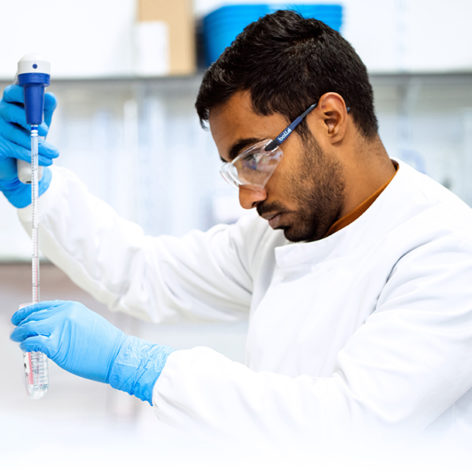Human milk: a complex interplay between multiple ingredients.
Human milk is composed of around 88% water plus a ‘solid’ component that includes proteins, lipids, lactose, prebiotic oligosaccharides and beneficial bacteria (such as bifidobacteria and lactobacilli) and their metabolites, as well as vitamins, minerals, nucleotides and hormones. Furthermore human milk contains even living cells (such as immune cells and stem cells).1Newburg DS and Neubauer SH, del. In: RG Jensen (ed): Human milk composition Academic Press. Published on 1995; 273-349.
These components interact with each other in a very unique way. It is not just one or even a few ingredients in human milk that confer its specific benefits but rather it is this interplay between multiple ingredients that delivers these effects. In order to make this more tangible, imagine human milk is like a symphony orchestra with each of the components acting like one of its instruments. In the orchestra, it is the interaction between the various instruments that produces the harmonious melody and not just individual instruments themselves. Similarly it is the interplay between all its components that results in the miracle that is human milk.

Human milk is like a symphony orchestra with each of the components acting like one of its instruments.
Click here to read fascinating facts about breastfeeding in our infographic.
Learn more about the benefits of breastfeeding and human milk composition in our video.
View References
| 1 | Newburg DS and Neubauer SH, del. In: RG Jensen (ed): Human milk composition Academic Press. Published on 1995; 273-349. |
|---|


